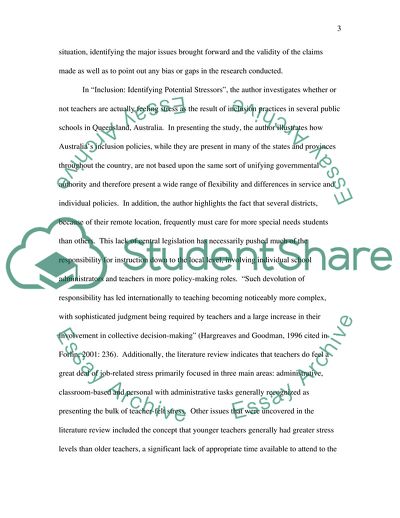Cite this document
(Critical Review of Inclusion Reports Essay Example | Topics and Well Written Essays - 2500 words, n.d.)
Critical Review of Inclusion Reports Essay Example | Topics and Well Written Essays - 2500 words. https://studentshare.org/education/1707194-critical-review-of-two-papers
Critical Review of Inclusion Reports Essay Example | Topics and Well Written Essays - 2500 words. https://studentshare.org/education/1707194-critical-review-of-two-papers
(Critical Review of Inclusion Reports Essay Example | Topics and Well Written Essays - 2500 Words)
Critical Review of Inclusion Reports Essay Example | Topics and Well Written Essays - 2500 Words. https://studentshare.org/education/1707194-critical-review-of-two-papers.
Critical Review of Inclusion Reports Essay Example | Topics and Well Written Essays - 2500 Words. https://studentshare.org/education/1707194-critical-review-of-two-papers.
“Critical Review of Inclusion Reports Essay Example | Topics and Well Written Essays - 2500 Words”. https://studentshare.org/education/1707194-critical-review-of-two-papers.


